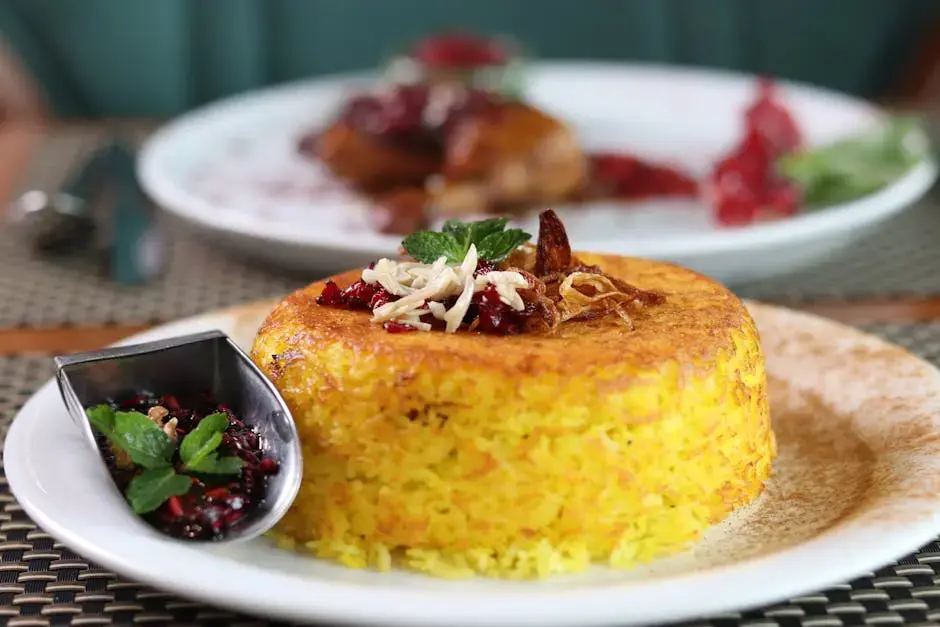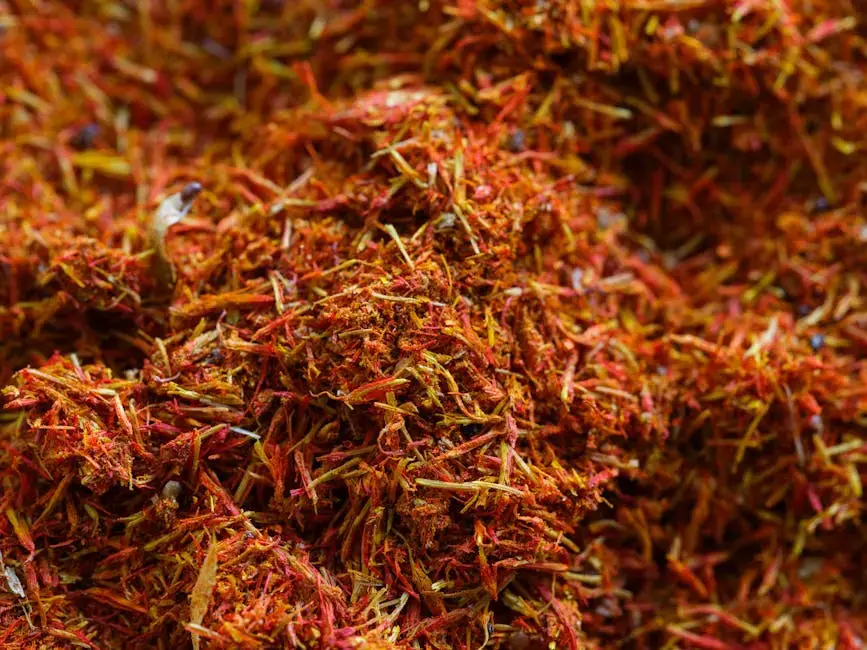How Is Eggplant Dip Traditionally Served in Persian Cuisine?
- Chelo
- May 22
- 2 min read
Eggplant dip, known as 'kashk-e bademjan' in Persian cuisine, is a beloved dish that combines the smoky flavors of roasted eggplant with the rich and tangy undertones of whey protein. This traditional dish holds a special place on Persian tables, often served at gatherings and celebrations. In this FAQ, we'll explore how this delectable dip is traditionally served in Persian cuisine.

Accompaniment with Flatbread
Eggplant dip is traditionally served with warm flatbread, such as lavash or sangak. The bread not only complements the texture of the dip but also enhances its flavors, allowing for a satisfying culinary experience.
In many Persian homes, bread and dip are an inseparable pair. The soft, pillowy texture of freshly baked flatbread perfectly scoops up the creamy dip, ensuring that every bite is harmonious. Bread acts as both a utensil and a flavor enhancer.
While traditional breads like sangak are favored, modern variations sometimes include whole wheat or rye, adding a healthful twist. These alternatives maintain the authenticity of the dish while catering to diverse dietary preferences.
Garnishing with Walnuts and Herbs
Garnishing is an essential part of serving kashk-e bademjan. It's often topped with crushed walnuts and a sprinkling of chopped herbs like mint or parsley, adding a delightful crunch and fresh aroma to the dish.
Herbs bring color and zest to the dip, transforming a simple dish into a visual masterpiece. Aside from aesthetics, herbs like mint add a refreshing contrast to the dip's rich flavor profile, making each bite interesting and invigorating.
In some regions, caramelized onions are used as a garnish, adding a sweet and savory depth that complements the nuttiness of walnuts. This variation showcases the regional diversity within Persian cuisine.
Pairing with Fresh Vegetables
To balance out the rich dip, it's common to serve it with fresh vegetables on the side. Tomatoes, cucumbers, and radishes offer a crisp texture that contrasts beautifully with the creamy dip.
Vegetables are not only a palate cleanser but also contribute to the vibrant aesthetic appeal of the dish. A platter of bright red tomatoes and green cucumbers against the golden hues of the dip creates a feast for both the eyes and the stomach.
Traditionally, these fresh accompaniments are presented in a variety of cuts—thin slices, wedges, or sticks—to encourage communal eating and sharing at the table, fostering a sense of togetherness.
Consideration of Temperature
In Persian cuisine, serving temperature is crucial. Eggplant dip is typically enjoyed warm or at room temperature, which helps to maintain its rich flavors and smooth texture.
Heat accentuates the creamy texture and strengthens the aroma of the spices used in the dip. Unlike cold plates, warm eggplant dip invites the flavors to merge into a seamless taste experience—each component supporters the other.
Many recommend allowing the dip to rest for a few minutes after preparation. This brief resting period provides the flavors time to meld and develop, resulting in a more cohesive taste.
Bringing Persian Tradition to Your Table
Eggplant dip in Persian cuisine is more than just a dish; it's a cultural experience that brings people together. Accompanying it with the perfect bread, garnishes, and side dishes can elevate its flavors and create a memorable meal. So, the next time you prepare kashk-e bademjan, remember these traditional serving tips to truly enjoy its rich heritage.




Comments